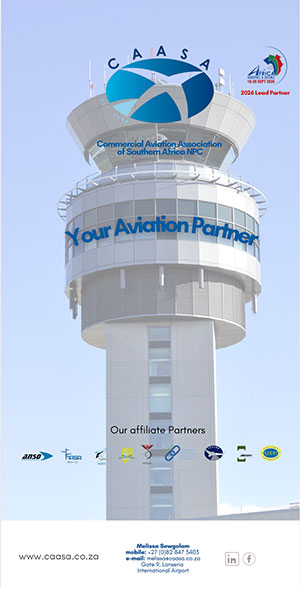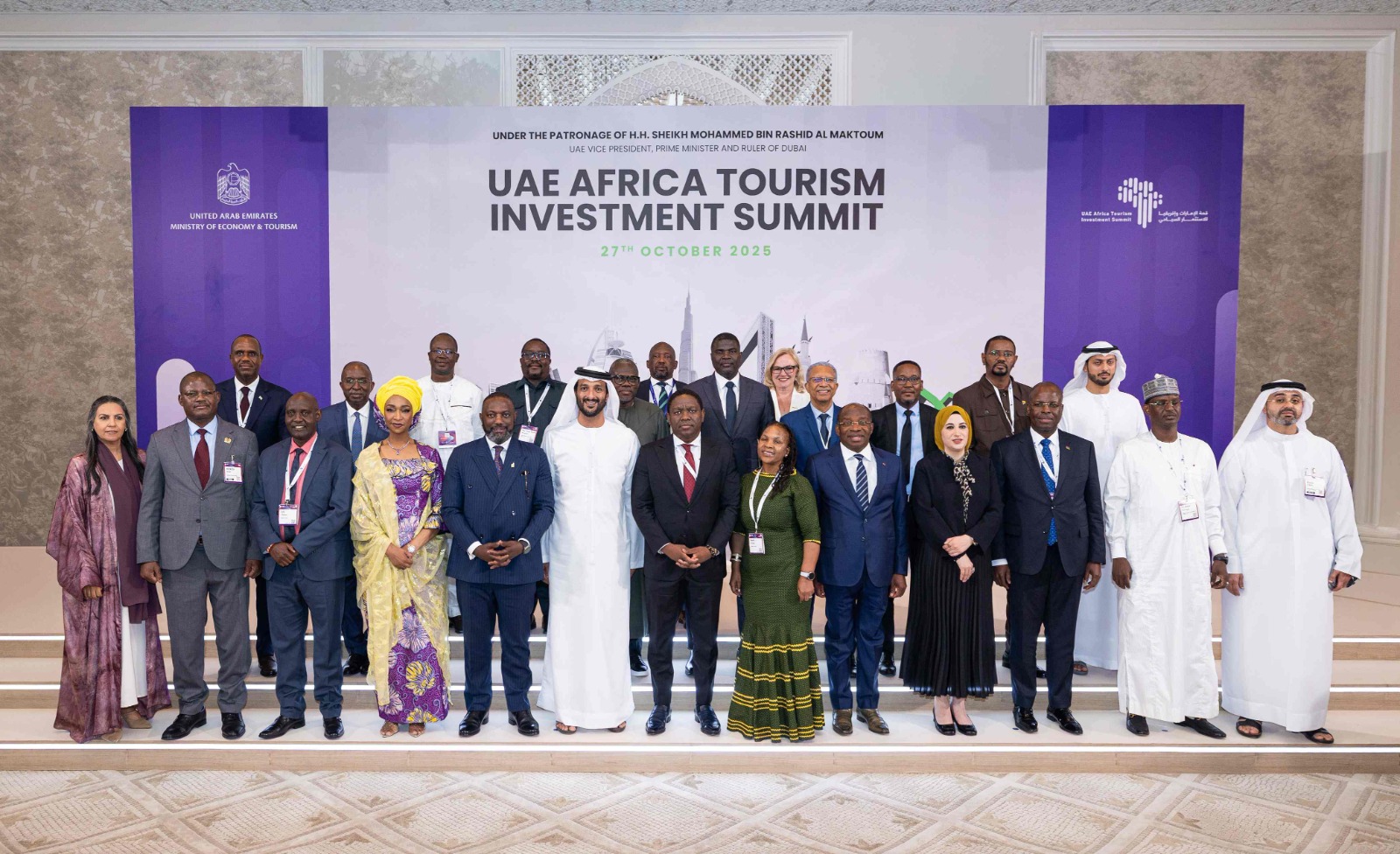At the third Financing Summit of Africa’s Infrastructure Development in Luanda, organised by AUDA-NEPAD and the African Union and hosted by the Government of Angola, African Pilot Magazine engaged with Ibrah Wahabou, Head of Infrastructure and Transport at AUDA-NEPAD, to discuss progress on the Single African Air Transport Market (SAATM) and the infrastructure required to support it.
Wahabou noted that SAATM continues to advance across the continent. To date, 28 countries have signed the commitment, 18 have signed the memorandum of implementation and 21 countries – representing approximately 85 percent of Africa’s air traffic – are collaborating to roll out and pilot the SAATM process. He emphasised that SAATM must be viewed fundamentally as a business case, with stakeholders needing to be assured that air transport can generate sustainable commercial returns.
A key challenge remains the high cost of flying within Africa.
Wahabou acknowledged that airline expenses linked to taxes, fees and fuel remain a major concern. He stated that creating a more affordable operating environment is not primarily a technical matter but a political one. Advancing towards a single African sky, with full freedom for airlines to operate across borders without restrictive bilateral constraints, is essential if costs are to come down. Deregulation, he said, is a prerequisite for achieving this goal.
Wahabou also highlighted infrastructure costs as a contributing factor to high airfares. He noted that the cost of infrastructure often forces operators to increase ticket prices. To address this, he stressed the need to remove barriers that inhibit airline market entry and to prioritise African operators in the aviation value chain. He referenced the view expressed by the Africa Finance Corporation that Africa must avoid exporting jobs and instead support African private-sector participation in transporting passengers within the continent and beyond.
Implementation of SAATM also requires coordinated action at policy level. Wahabou pointed to the role of the President of the Council of the Togolese Republic, who serves as the African Union’s champion for SAATM and has undertaken extensive advocacy to build consensus on air transport facilitation. He also noted the continuing engagements led by the African Civil Aviation Commission (AFCAC) to underline the importance of regulatory simplification.
From an infrastructure standpoint, Wahabou explained that AUDA-NEPAD is examining whether the continent currently possesses adequate aviation infrastructure to support full SAATM implementation. He noted that if all countries were to adopt and operationalise SAATM at once, the question becomes whether the existing infrastructure network could absorb the increased traffic.
To address this, AUDA-NEPAD intends to develop a continental air transport infrastructure master plan. Wahabou described this not as a traditional document but as a list of actionable projects around which countries and investors can align. The objective is to create the infrastructure backbone needed to support SAATM, similar to how the Programme for Infrastructure Development in Africa (PIDA) underpins the African Continental Free Trade Area.













